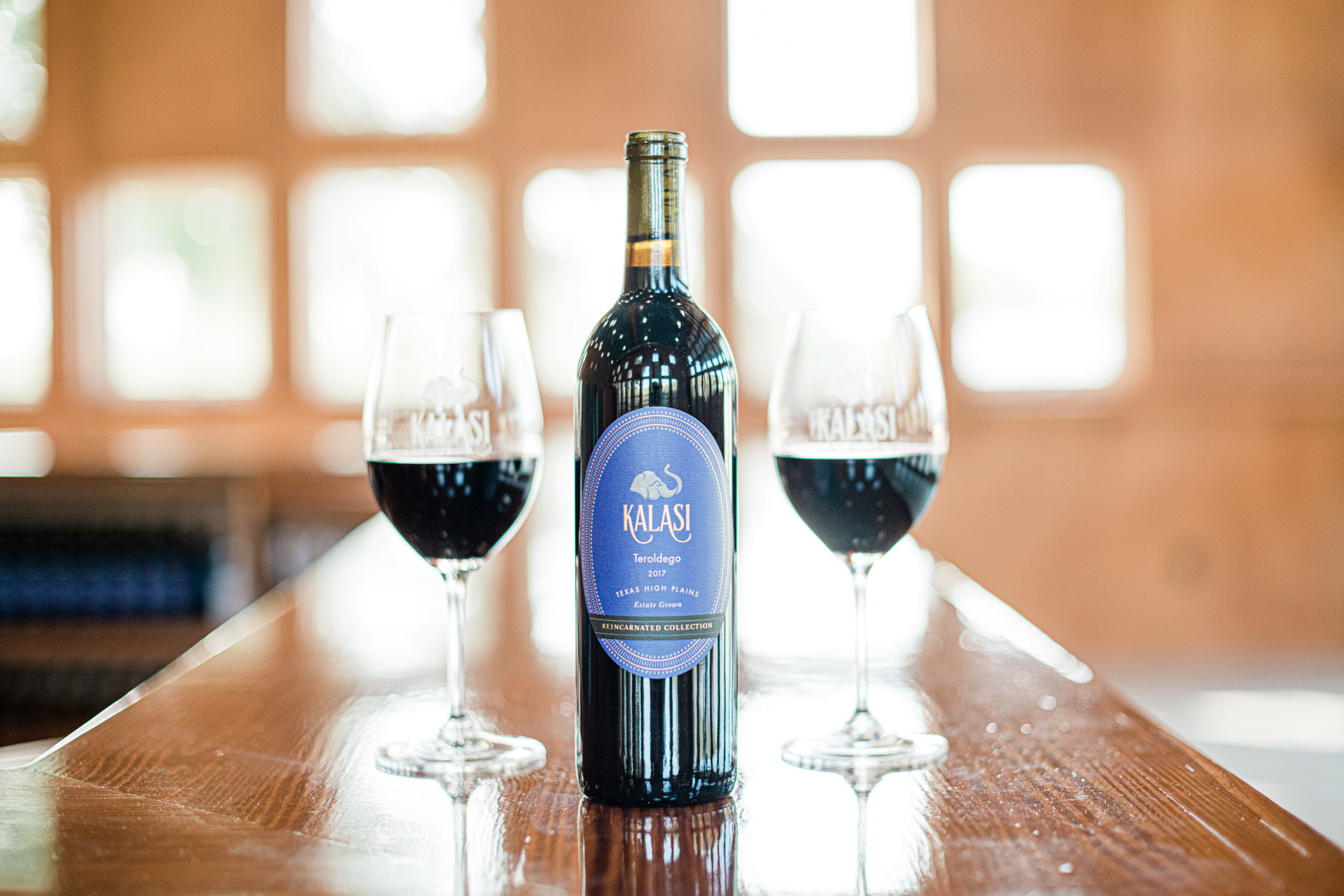May 3, 2025: Wine…Diamonds?
Guest blog from our very own Dana!
Wine Diamonds mean well crafted, quality wines!
When you pull the cork on a Kalasi Cellars wine, whether it be white or red, and the cork begins to dry, you may see a glistening cover of tiny crystals on the cork. You may even see larger red crystals on the corks of our bolder red wines. And as you enjoy that glass of Kalasi wine, you will quite possibly see a tiny bit of beautiful sediment in the glass. Have no fear, that sediment and those crystals are dear to us and you!
Sediment is a general term that describes particles created in the wine making process. These particles are broken down into four categories: tannins and phenolic compounds, tartrates, lees (dead yeast cells) and other organic solids. “Sediment is a good indicator that your wine has been living its best life!” In other words, there has been little intervention, or a hands-off approach to the winemaking process. I want to briefly explain tartrates that are lovingly referred to as “wine diamonds.” These wine diamonds are considered a sign of quality!
What are tartrates exactly? Tartrates are the tiny crystals of potassium bitartrate which are a totally natural byproduct formed when tartaric acid combines with the potassium found in grapes during the winemaking process. Yes, there are processes that can reduce and even eliminate tartrates and there is absolutely nothing wrong with using these processes, it is a winemaker’s choice as to how they craft their wines. However, Nikhila is often heard explaining that she has a low intervention approach to her winemaking process which is conducive to forming wine diamonds. After the winemaking process is complete and the bottled wine is stored in the Kalasi cellar, it is exposed to lower temperatures where these crystals form and fall out of solution, settling in the bottom of the bottle or on the cork if the wine is stored neck down. Once these crystals are formed, they will never disappear. Please know that wine diamonds have absolutely no negative affect on the wine at all, quite the contrary, consider yourself lucky to find them in your wine. They are also good indicators of aging potential for red wines like Cabernet Sauvignon, Petit Verdot and Bordeaux blends.
How is that for a very brief introduction to wine diamonds? There are many articles on the subject of wine diamonds you can read that will greatly expand on the chemistry of wine and how the wine diamonds are formed if you are a chemistry geek like me!
When you visit Kalasi Cellars, our staff will happily remind you that seeing wine diamonds in both our red and white wines is a sign that you are about to experience a wine with distinctiveness and quality.
Kosherwine.com
“Crystal Clear: Understanding Wine Diamonds”
Bunnycupwinery.com
“Sediment in Wine Bottles – What the Heck?”
Grapeandbarrel.com
“Why Do Some Wines Have Sediment?”


